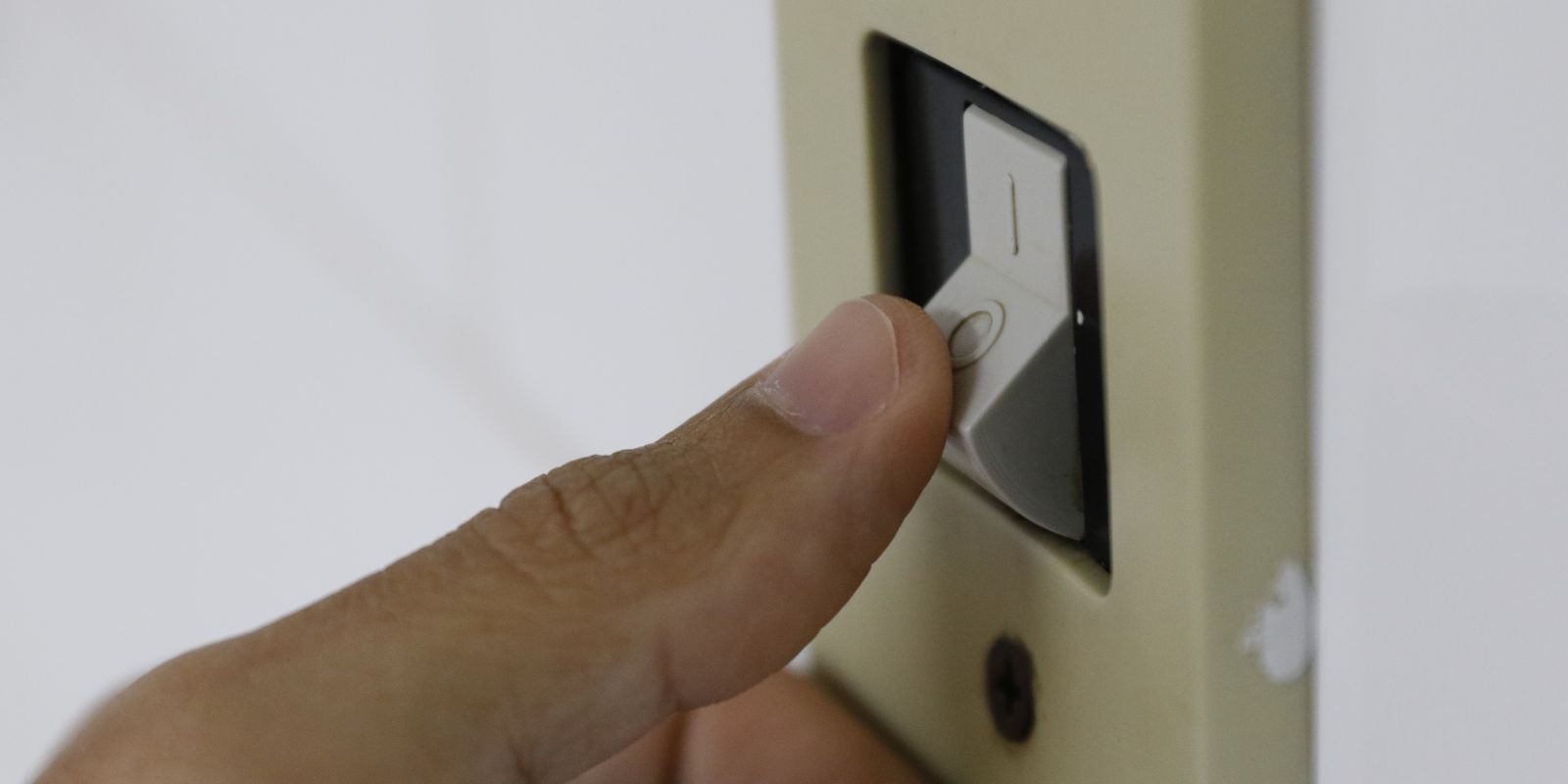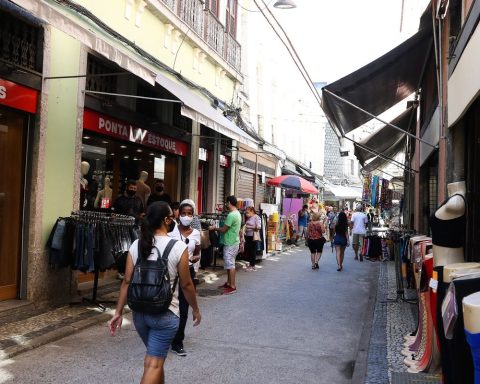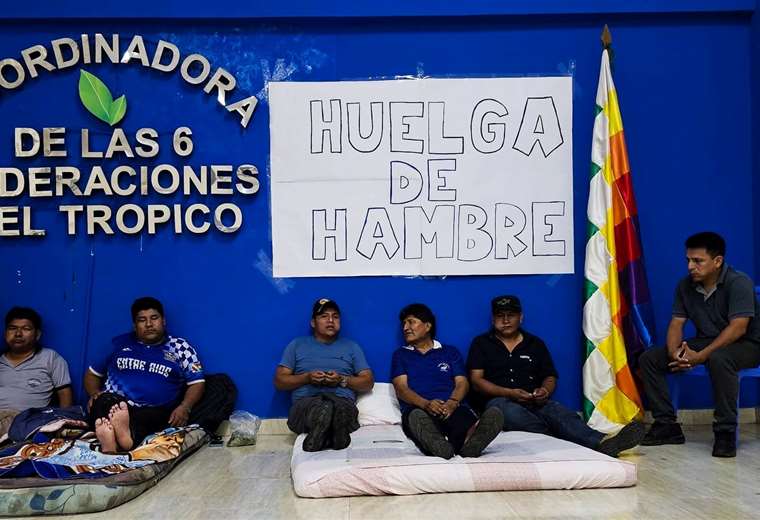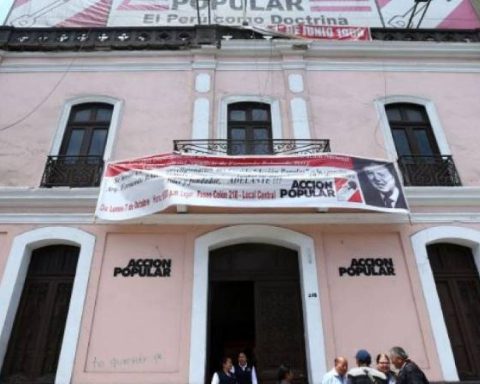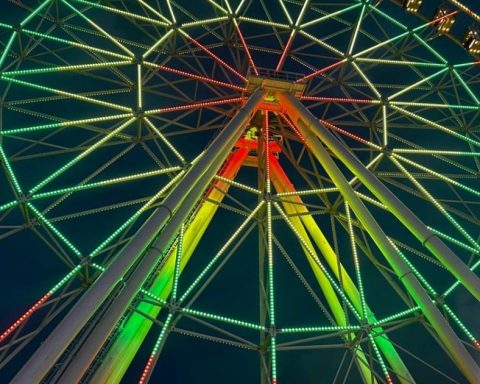With the increase in the volume of rain, the yellow tariff flag comes into effect this Friday (1st), meaning the electricity bill will be cheaper. The extra charge will be R$1,885 on the electricity bill for every 100 kilowatt-hours (kWh) of electricity consumed. 
In October, the flag was at red level level 2, the most expensive of all, with a charge of R$7,877 per 100 kWh. Since August 2021, the higher rate has not been activated.
According to the National Electric Energy Agency (Aneel), one of the factors that determined the reduction of the tariff flag to yellow was the improvement in energy generation conditions in the country. The regulatory agency, however, reported that the forecast for rainfall and flows in the hydroelectric power plant regions remains below average, which justifies the activation of the tariff flag to cover the costs of thermoelectric generation to meet consumer needs.
A sequence of green flags, without charging extra fees, began in April 2022. The series was interrupted in July this year, with the yellow flag, followed by the green flag in August, and the red flag level 1, in September. With the heat waves and strong droughts at the beginning of the second half of the year, Aneel activated the level 2 red flag in October.
Tariff flags
Created in 2015 by Aneel, the tariff flags reflect the variable costs of generating electricity. Divided into levels, the flags indicate how much it is costing the National Interconnected System (SIN) to generate the energy used in homes, commercial establishments and industries.
When the electricity bill is calculated using the green flag, there is no increase. When the red or yellow flags are applied, the bill is subject to increases of R$1,885 (yellow flag), R$4,463 (red flag level 1) and R$7,877 (red flag level 2) for every 100 kilowatt-hours (kWh) consumed. From September 2021 to April 15, 2022, a water scarcity flag of R$14.20 extra per 100 kWh was in force.
The SIN is divided into four subsystems: Southeast/Central-West, South, Northeast and North.
Practically the entire country is covered by SIN, with the exception of some parts of states in the North Region and Mato Grosso, in addition to the entire state of Roraima. Currently, there are 212 isolated SIN locations, where consumption is low and represents less than 1% of the country’s total load. The demand for energy in these regions is mainly supplied by diesel-fueled thermal plants.
According to Aneel, the flags allow consumers to play a more active role in defining their energy bill. “Even if generation conditions are favorable, it is necessary to continue with good consumption habits that avoid waste and contribute to the sustainability of the electrical sector. With the activation of the yellow flag, vigilance regarding the responsible use of electrical energy is fundamental. guidance is to use energy consciously”, recommends the regulatory agency.
* With information from reporter Wellton Máximo
